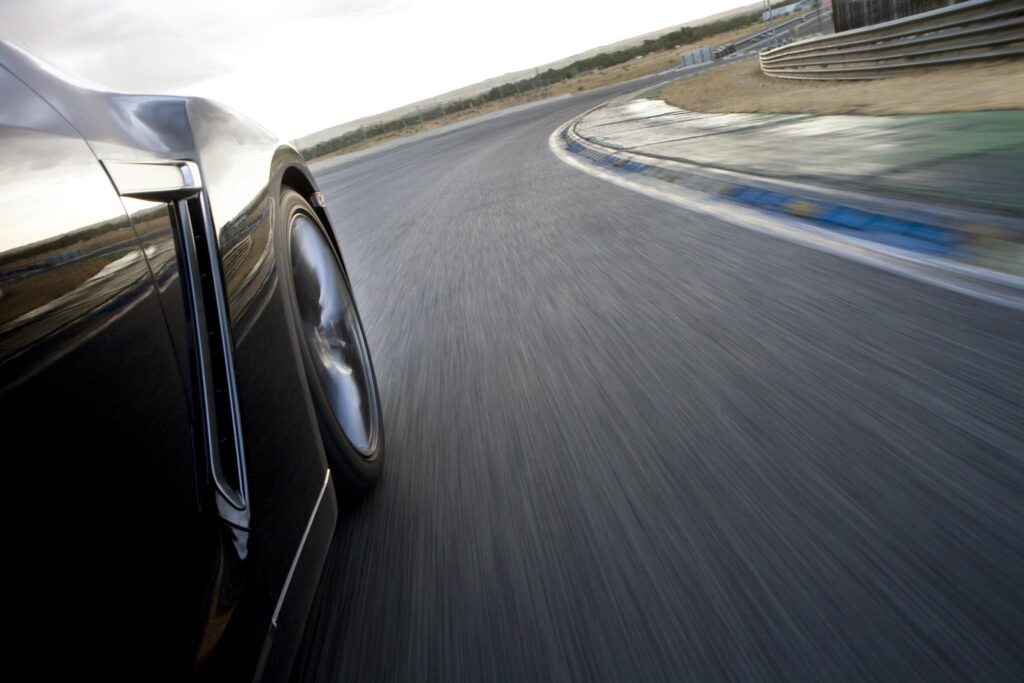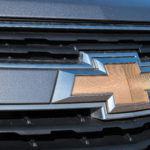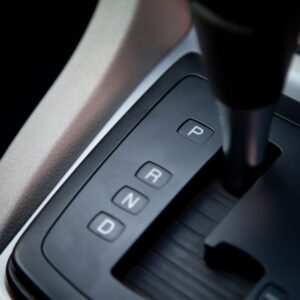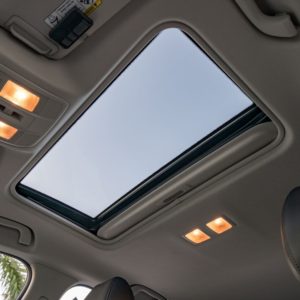Vehicle movement is backed by a series of principles. Energy is the most basic one, and a vehicle in transit is a classic representation of kinetic energy. Other than that, torque, work, power, and Newton’s laws of motion are also present.
In this article, we’ll be talking about the principle of horsepower, its origin, and how it’s measured or calculated.
What Is Horsepower?
Horsepower (hp) is a unit of measurement that represents an engine’s power.
One horsepower is equivalent to 33,000 lbs being displaced by one foot in one minute. That’s 550 lbs being moved one foot per second.

How to Calculate Horsepower (hp)
Horsepower is calculated by multiplying the amount of force (in pounds) by the speed (in feet per second).
So, let’s say your car’s engine can generate 200 lbs of force while moving at a speed of two feet per second. The engine horsepower would be 400 (200 x 2).
Calculating a vehicle’s horsepower can be done using a dynamometer (dyn).
The dynamometer places a load on the engine to measure the amount of twisting force the crankshaft places against the load.
This device essentially measures the engine’s torque output. The horsepower derived from a dynamometer is called “brake horsepower (bhp),” because the load holds the engine speed.
Horsepower is calculated by multiplying the amount of force (in pounds) by the speed (in feet per second).
–Anthony Harlin, ASE Certified Master Automobile Technician
How Fast Is One Horsepower?
One horsepower won’t be enough to get a normal engine running. In fact, it won’t even be enough to get a vehicle to 30 mph. A one-horsepower engine won’t be able to power the lights and air conditioning as well.
A typical vehicle will need about 10 to 20 horsepower to maintain a speed of 60 mph.
Where Did the Term “Horsepower” Come From?
The term “horsepower” was first used sometime during the 1770s when Scottish engineer James Watt commercialized his steam engine.
His version of the steam engine used less steam and was capable of rotary motion that can spin wheels.
But when he introduced this invention to the public in 1776, businesses still patronized horses when it came to generating power.
Watt had to prove that his steam engine was the better option, so he observed mill horses and their performance.

Watt found out that the mill horses walked for a total 144 times per hour around a 24-foot circle in diameter while pushing a force of 180 lbs. This observation led him to believe that one horse can produce 33,000 ft-lb per minute.
He also claimed that his steam engine was as powerful as 200 horses working together, rating it at 200 hp.
Watt’s steam engine stood at the forefront of the Industrial Revolution after he made this claim.
Torque and Horsepower
Torque and horsepower are two terms that are often used interchangeably, but they’re actually different.
We’ve already established that horsepower is the amount of power the engine can churn out at a given time. Meanwhile, torque refers to the rotating force that might or might not cause movement. This is what the driver feels as the vehicle accelerates.
Torque is the power needed to get the vehicle moving, while horsepower is what brings the vehicle to its top speed and helps maintain it. They are interdependent. However, one can be higher than the other.
In terms of acceleration, torque plays a bigger role than horsepower.
Torque comes from the speed and force the piston generates. Some vehicles are able to generate high levels of torque at a low RPM, making them accelerate quicker.
On the other hand, horsepower determines how fast the vehicle can go from the force generated in the engine at a relatively high RPM.
What’s the Difference Between Brake Horsepower and Horsepower?
Brake horsepower is the unit of measurement used to determine the actual amount of horsepower a car has at its wheels.

Meanwhile, horsepower represents the total power that exists in the engine.
Which Vehicles Have the Highest Horsepower?
Bolder and faster are some of the characteristics gearheads are looking for when it comes to cars.
Check out this list of vehicles that showcase astronomical numbers in terms of horsepower.
Dodge Challenger SRT Demon
Muscle car enthusiasts are well aware of what the Dodge Challenger can do, but the SRT Demon takes its speed to a whole new level.
The Dodge Challenger SRT Demon is a street-legal drag racer that can churn out 808 bhp and reach 65 mph in as fast as 2.5 seconds.
Bugatti Chiron
The Bugatti Chiron boasts a 1,479 bhp and a top speed of 249 mph.
This Chiron can also deliver 1,180 ft-lb of torque and comes in a four-wheel drive setup.
Hennessey Venom F5
The Hennessey Venom F5 is one of the rarest cars in the world with only 24 of them roaming the streets.
Created by John Hennessey, this hypercar has more than 1,600 bhp under its belt and can travel at high speeds of up to 301 mph.
With its low-drag aerodynamic features, the Venom F5 can reach 186 mph in as fast as 10 seconds.
Koenigsegg Regera
The Koenigsegg Regera is a rear-wheel drive supercar that boasts a power output of 1,500 bhp.
Its electric motor alone is enough to deliver 670 bhp and lets the vehicle run for about 22 miles without a gearbox.
What’s the Ideal Amount of Horsepower for a Vehicle?
The ideal horsepower can be subjective, and it can depend on the type of vehicle you’re driving.
Drivers who aren’t into road thrills usually settle for vehicles with less than 200 hp. This is a standard number for compact and subcompact vehicles.
The average sedan, on the other hand, has about 200 to 300 hp. This range is generally considered a sweet spot for many drivers.
Meanwhile, those who seek power and speed might settle for vehicles with over 300 hp.
Keep Your Engine Performing Well With High-Quality Components
Old and worn-out components can cause your engine to \feel sluggish and lose performance. Old air filters, spark plugs, and mass air flow sensors can impact how your vehicle produces power. If your engine has performance issues like excessive fuel consumption, misfires, and increased emissions or smoke from the exhaust, you’ll probably need to replace its worn parts. Luckily, you can get engine parts easily at CarParts.com.
CarParts.com is a one-stop shop for a wide range of engine components including air filters, spark plugs, and mass air flow sensors, to name a few. Our parts are sourced from only the best manufacturers in the industry, ensuring quality. Our strategically located warehouses also means we can ship your order to your doorstep in as fast as two business days.
Get your engine’s performance back as soon as possible. Check out our selection of mass air flow sensors, air filters, and spark plugs and order from CarParts.com today!
Any information provided on this Website is for informational purposes only and is not intended to replace consultation with a professional mechanic. The accuracy and timeliness of the information may change from the time of publication.






























